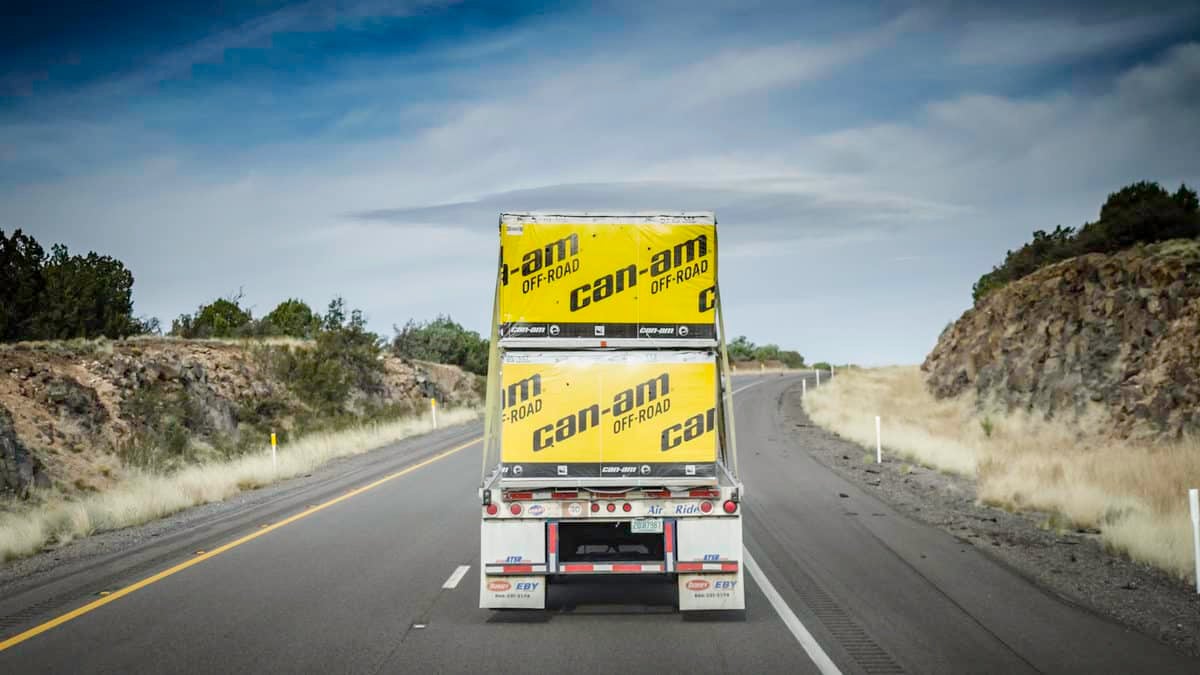Truckload dry-van market continues to experience strong response to peak season
The SONAR National Truckload Index (NTI) has reached levels not seen in nearly two years, surging from $2.38 per mile to $2.52. The last time truckload spot rates were this high was on Jan. 23, 2023.






























